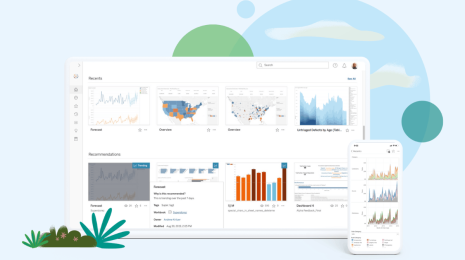10 cloud trends shaping 2017
Hosted services, from SaaS to IaaS, now account for more than $200 billion in global revenue, according to Gartner. And with IT increasingly focused on cloud solutions, it’s clear cloud computing has graduated to the mainstream.
But on-premises deployments aren’t going anywhere soon. According to our poll of attendees at AWS’s annual re:Invent conference, only 20% of organizations are running entirely in the cloud. The remaining 80% are still in the planning stages—from “considering” and “prototyping” to “some production.”
As the market matures, organizations have realized that going cloud is a journey. What will that transition look like in 2017? Each year we look at the trends shaping our industry, from big data to analytics and cloud. Here are two that stand out from this year’s cloud trends.
IT will focus on developing cloud expertise
In 2017, IT teams will focus on building expertise in fields like cloud security, hosted databases, and infrastructure as a service. And IT managers will step up their search for candidates with experience in DevOps practices and platforms like AWS, Azure, and Google Cloud Platform.
Next year will also see IT rethink their approach to new projects. With the cloud negating traditional concerns like scalability and maintenance, POCs can now be spun up, tested, and shut down in a matter of hours. These agile methods will allow IT to achieve continuous development and delivery of projects, giving them bandwidth to drive more strategic projects.
Organizations embrace a hybrid world
Many organizations are living a hybrid reality. Data is stored across cloud and on-premises systems, while software is deployed on public cloud platforms, consumed as a service, and installed on local networks.
With such diverse IT environments, most organizations are not able to move to the cloud in one fell swoop. Instead, CIO’s are adopting a hybrid approach. In 2017, companies will seek solutions that work seamlessly across on-premises and cloud environments. And hybrid software will be in high demand as people look to connect to data stored anywhere and leverage applications deployed on the public cloud, on-premises, and as fully-hosted services.
Read on for all ten cloud trends we see shaping the next year.
Explore additional trends
10 business intelligence trends we expect to see in 2017
What's big in big data: 10 trends for 2017
관련 스토리
Subscribe to our blog
받은 편지함에서 최신 Tableau 업데이트를 받으십시오.







